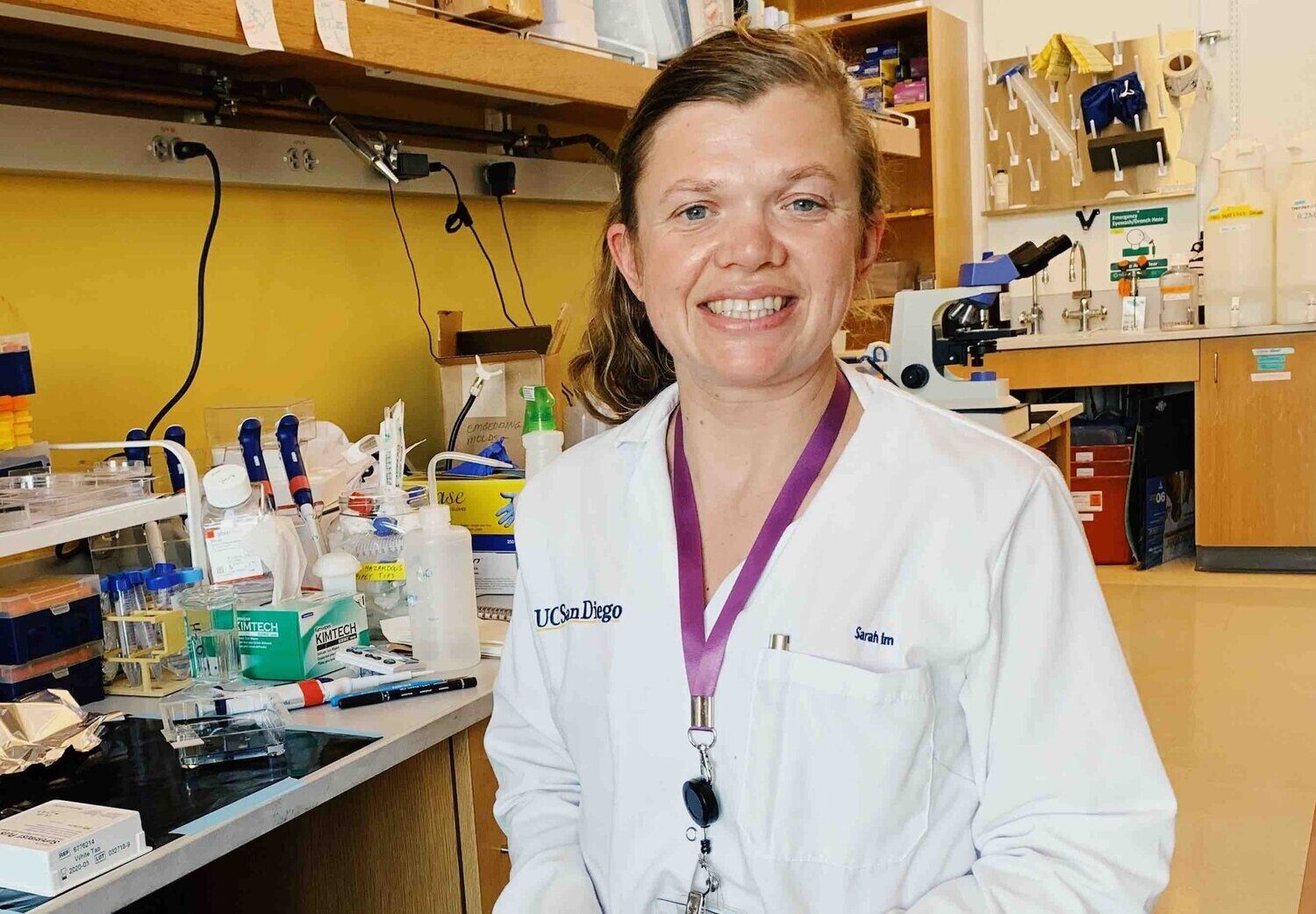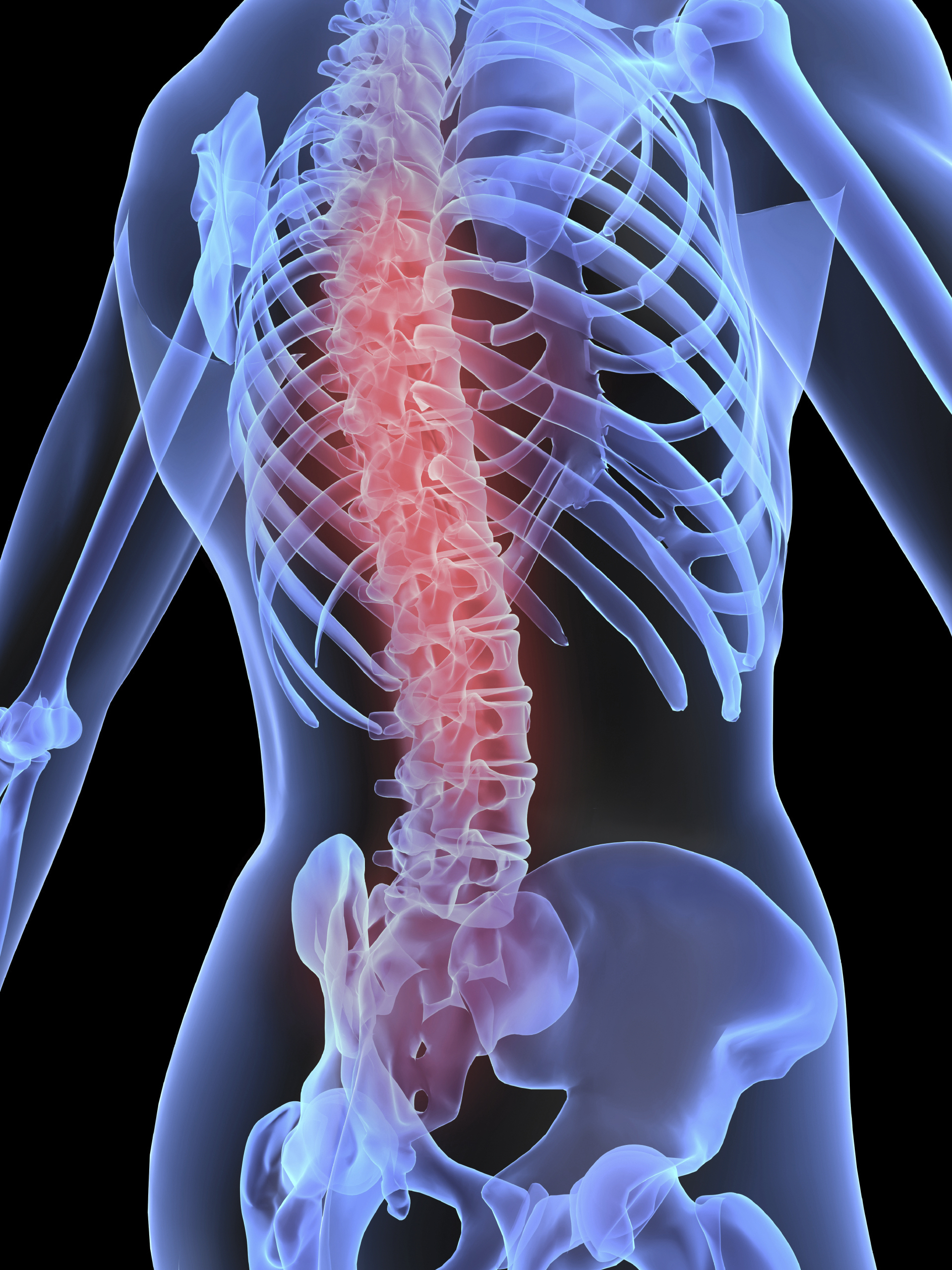What you need to know
- Cardiovascular disease is one of the leading causes of death for people with a spinal cord injury (with a risk factor three times higher than in the general population, and four-fold risk for stroke).
- This research aims to find ways of improving cardio-respiratory fitness in individuals with paraplegia (paralysis of lower legs and body) by using non-invasive transcutaneous spinal cord stimulation (tSCS).
- Stimulation of the spinal cord by delivering electrical pulses through the skin has shown the potential to restore function post injury.
In a nutshell
Spinal cord injury is a complex neurological condition giving rise to a multitudeof disabling outcomes. Those with cervical and upper-thoracic spinal cord injury usually have reduced levels of cardiorespiratory fitness, not only because of paralysis but also cardiovascular dysfunctions. Evidence suggests that only 25% of those with paraplegia have the fitness necessary to maintain independent living, which can be detrimental to quality of life.
For those with a complete injury between the C5 and T5 spinal segments, exercise is restricted to the upper-limbs and physical capacity is further limited by disrupted cardiovascular control. This means bodies do not adapt appropriately to a bout of exercise, resulting in premature fatigue and reduced physical capacity. Low fitness is also a risk factor in the development of cardiovascular disease, the primary cause of death for people with a spinal cord injury.
How this supports our goal to cure paralysis.
If successful this would be a non-invasive, accessible, and relatively cheap therapy that can easily be paired with existing activity-based rehabilitation. The normalisation of cardiovascular responses to exercise may allow;
- Individuals to exercise harder and for longer, facilitating greater improvements in physical capacity.
- Improve balance through enhanced trunk control
- Achieve potential functional improvements in cardiovascular control and bladder and bowel outcomes
- Enhance emotional and mental well-being through exercise



